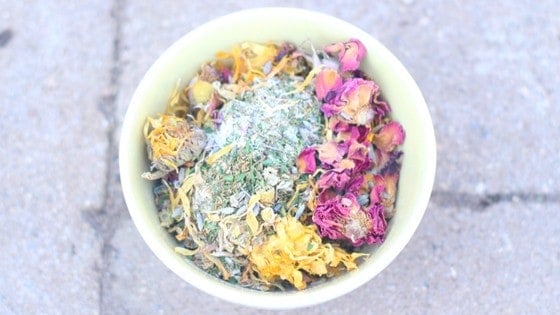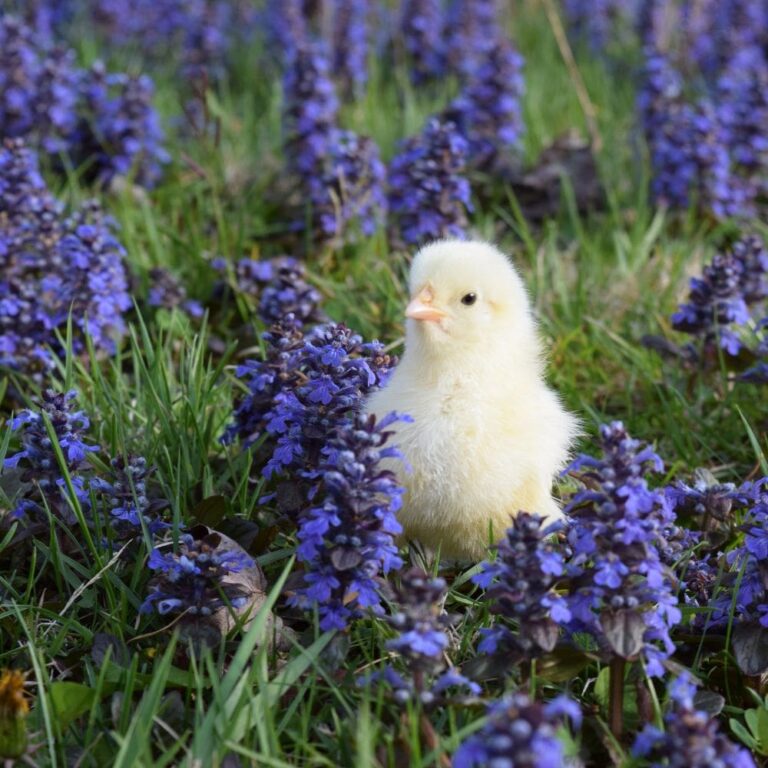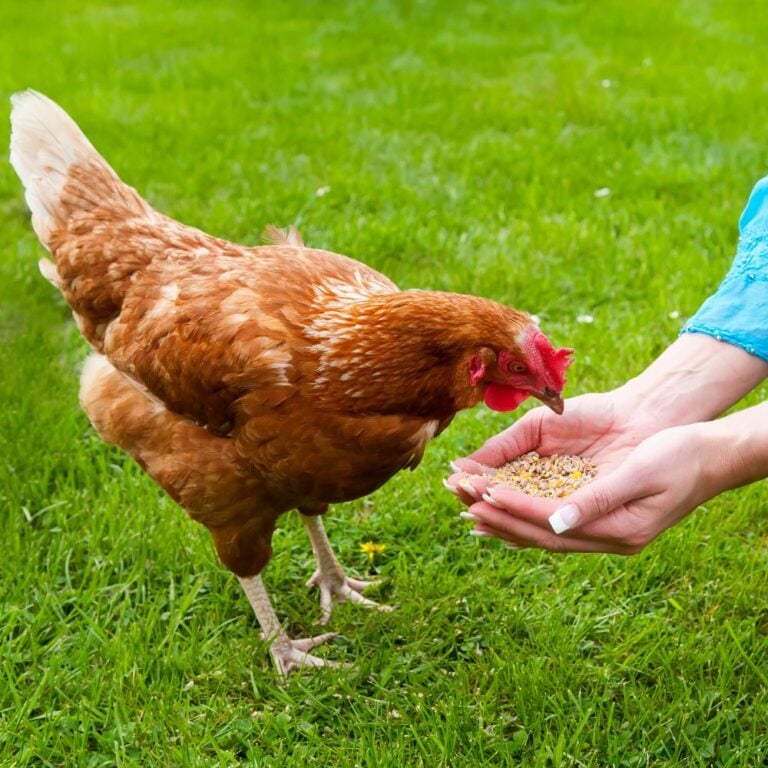Chickens don’t have teeth. To help them digest their food, owners must provide their hens and roosters with poultry grit.
Mainly made of crushed granite, it helps the chicken grind down their food while in the gizzard, the part of their stomach where food and grit are mixed together with all the acids and digestive enzymes. This process allows for the breakdown and absorption of the nutrients chickens need to be healthy.
Many free-range chickens get the grit they need from small stones and rocks while foraging for food. But if your flock doesn’t free range, it can be difficult for the chickens to access the poultry grit they require, especially when they’re kept in fenced enclosures. For this reason, you should introduce one of the numerous varieties available of chicken grit substitutes into your flock´s daily diet.
In this article, we’ll cover the different types of poultry grit available, their quality, and their advantages.
Grit and Oyster Shells Aren’t The Same
Grit is small stones that chickens naturally pick up. They’re important for digestion, and help chickens break down their food. Sometimes, you’ll see oyster shells referred to as grit on the Internet. While oyster shells can perform some digestive activities that grit does, these two things aren’t the same.
Oyster shells are an important source of calcium, and you should feed it so your hens lay eggs with thick shells that don’t break easily. However, it will be digested eventually, whereas rock grit will stay in your chicken’s digestive system until it’s pooped out.
Grit, on the other hand, is usually granite, and doesn’t provide any nutrients or minerals. However, because they aren’t digested, they will remain in your flock’s digestive system longer. Stones are also stronger, and better at helping break down food. It’s best to offer both of these important supplements to your chickens to help them be as healthy as possible. Now that we got that clear, let’s talk about the different types of poultry grit available.
There’s 5 Types of Poultry Grit
Small stones found in nature
Yep, if you’re on a budget or just want to use materials already available to you, then you can go collect a bunch of small stones and make them available free choice. Stones smaller than a pea are best (about the size of an elderberry). You want to make sure your chickens can swallow them! If you don’t want to search for stones, then you have commercial options listed below.
Chick grit/Flint grit
It’s very tiny and thin flakes of crushed granite. It is used for grinding down food and helping chickens, ducks, and other poultry with their digestive processes. You typically see this type for baby chicks, and used in quail grits and turkey grits because the stones are small and easy for chicks to swallow. Smaller flakes are less useful for adults.
Granite grit
This is probably what you’ll see when you look for poultry grit at your local farm store. It’s larger pieces of granite that are the perfect size for adult chickens to swallow. You can offer this granite grit free choice or mix it with your flock’s feed. Your chickens will pick up the stones as they need them.
Oyster shell grit
As mentioned above, this isn’t the same type of poultry grit as granite grit, but it can still help your flock breakdown food in their gizzard. Unlike rocks, it will eventually break down in their digestive system. This type of grit is mainly made of ground up oyster shells and it is a great source of calcium to help chickens develop stronger egg shells.
Mixed poultry grit
Because these 2 types of grit described above behave in different ways in the chicken gizzard, one is soluble and the other one is not, they can be mixed together to allow for a greater benefit.
Poultry grit with probiotics
Lately, a lot of commercial companies have started adding probiotics to oyster shells. Probiotics are always a good idea – studies show that chickens with healthy digestive systems are healthier overall, weigh more, have better food absorption, and lay better eggs.
4 brands of poultry grit
The purchase of chicken grit can be quite affordable nowadays, and doesn’t need to break your bank. To choose the best option for your flock, first of all, it is important to understand the different types of grit available and what specific benefits they can offer to your chicken and their needs.
We have done the homework for you, so let´s have a look at some of the best considered brands and varieties of poultry grit you can buy and which will not cost you a fortune:
Manna Pro Poultry Grit
This poultry grit is made of insoluble crushed granite, and it has been specially created to aid your chickens with a thorough digestion. Additionally, it comes in a handy 25lb bag. For more detailed information and to buy this product click here.
Nest Herbs With Oyster Shells
If you want to provide your flock with oyster shells, then this product makes it easy. Chickens love it! The oyster shells are the perfect size for hens, and the aromatic herbs make their coop a more relaxing place to lay eggs. You can buy this product here.
Purina Chick Grit
Ideal for chicks, young turkeys and game birds of up to 10 weeks of age. The crushed granite has been sized smaller, making it easier to swallow for chicks and helping them to support a healthy digestion. You can purchase Purina Chick Grit here.
Cherry Stone Poultry Grit
By Cherry Stone, this poultry grit has been specially designed to enable a more efficient digestive process. It is made of 100% crushed quartzite, which is harder and sharper than granite. To buy Cherry Cherry Stone Grit click here.
Is sand good poultry grit?
While you might hear that sand is a good poultry grit substitute, it’s not. Because it’s very fine, and absorbs water, sand can clump together in the crop and digestive system, causing sour crop or an impact. Larger stones will pass through the digestive tract better.
How much poultry grit should I feed my chickens?
In most cases, you can offer it free choice and let your flock decide when they need it. Put the poultry grit in a separate container from the food. A small bowl, chicken feeder (check out my recommendations here) or poultry grit feeder will work just fine. Check on the feeder regularly, and top off as needed.
Can I feed my chick the same grit as the adults?
No. You should feed chicks a type of grit specifically created for their size. Otherwise, your chicks might not eat it, or they might choke or become impacted because the stones are too large. Most commercial chick grits will say on the package that they’re for younger poultry. You can introduce adult sized grit at about 16 weeks. Until then, providing the chicks with a high quality starter chicken feed will suffice.
I hope this poultry grit guide has helped you decide which type is best for you and how to feed it so your chickens are as healthy as possible!
Maat van Uitert is a backyard chicken and sustainable living expert. She is also the author of Chickens: Naturally Raising A Sustainable Flock, which was a best seller in it’s Amazon category. Maat has been featured on NBC, CBS, AOL Finance, Community Chickens, the Huffington Post, Chickens magazine, Backyard Poultry, and Countryside Magazine. She lives on her farm in Southeast Missouri with her husband, two children, and about a million chickens and ducks. You can follow Maat on Facebook here and Instagram here.





![Can I Keep Chicks & Ducklings Together? Is Chick Grit Necessary? Can I Use Straw In My Coop? What Do I Do With A Hen’s First Egg? How Do I Deal With A Hen That’s A Bully? [Podcast]](https://thefrugalchicken.com/wp-content/uploads/2016/03/can-I-keep-chicks-and-ducklings-together-feature-min.jpg)
